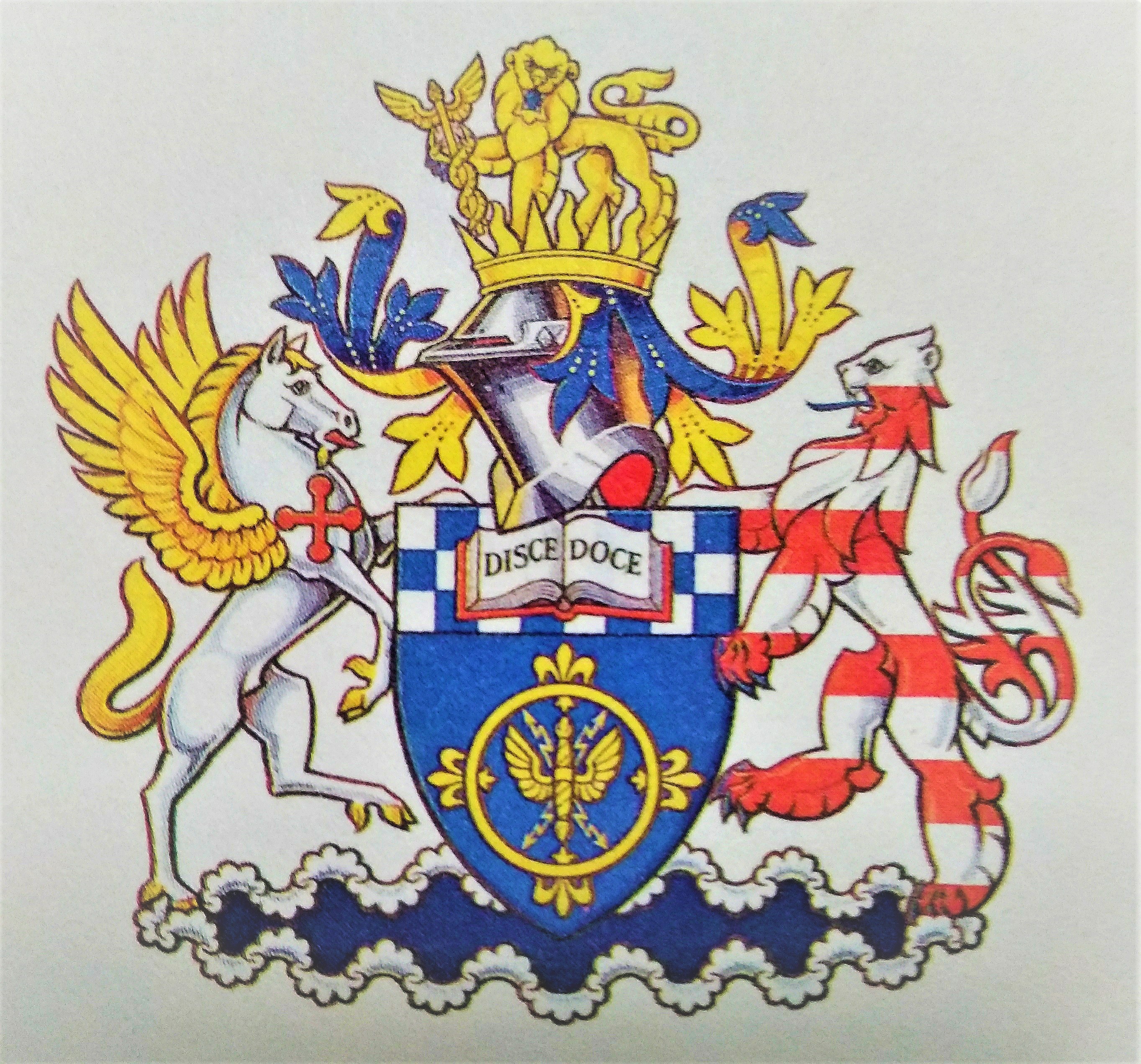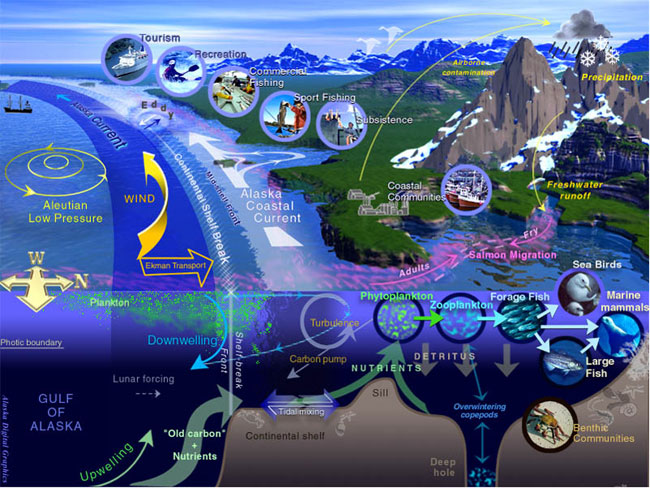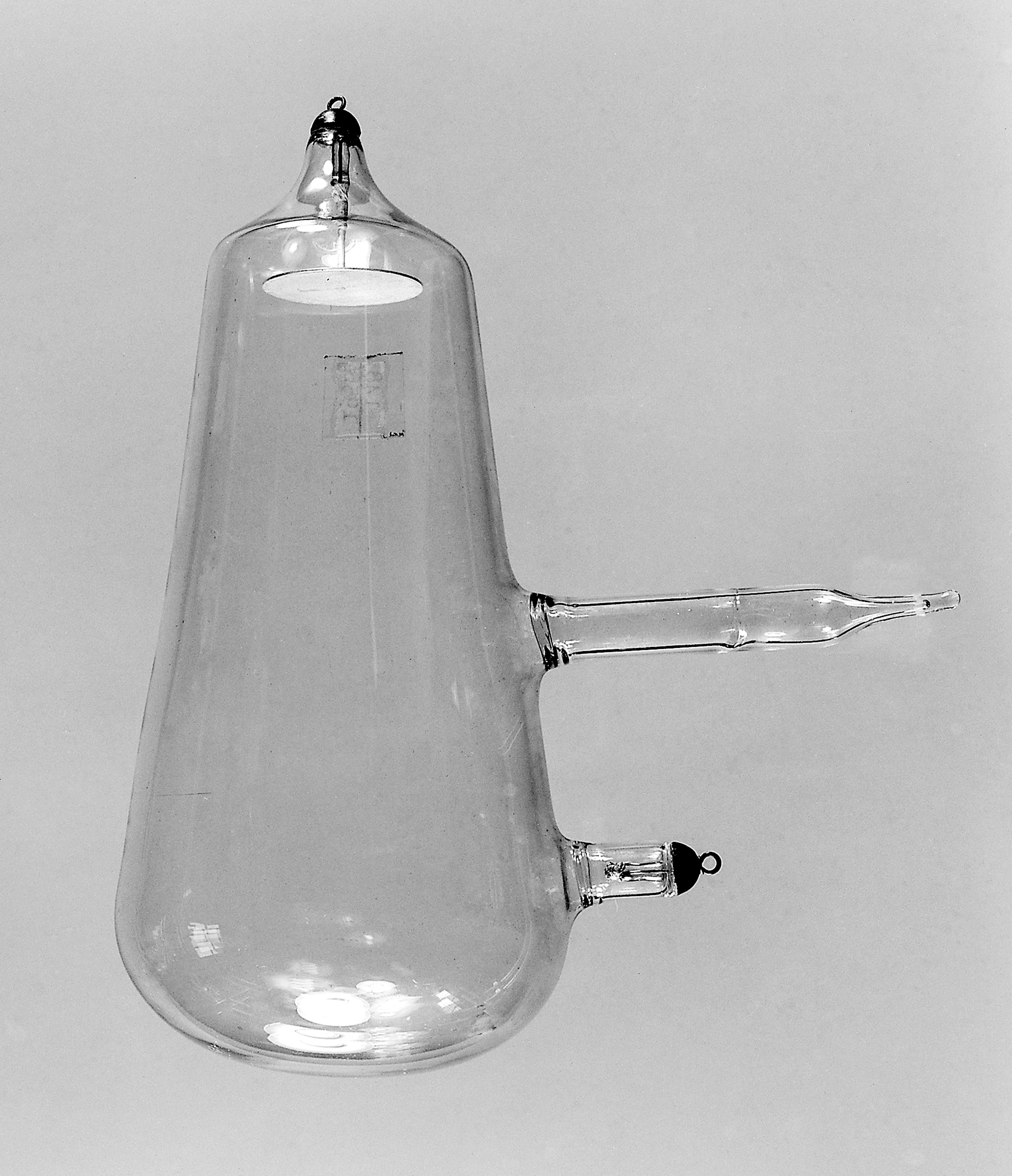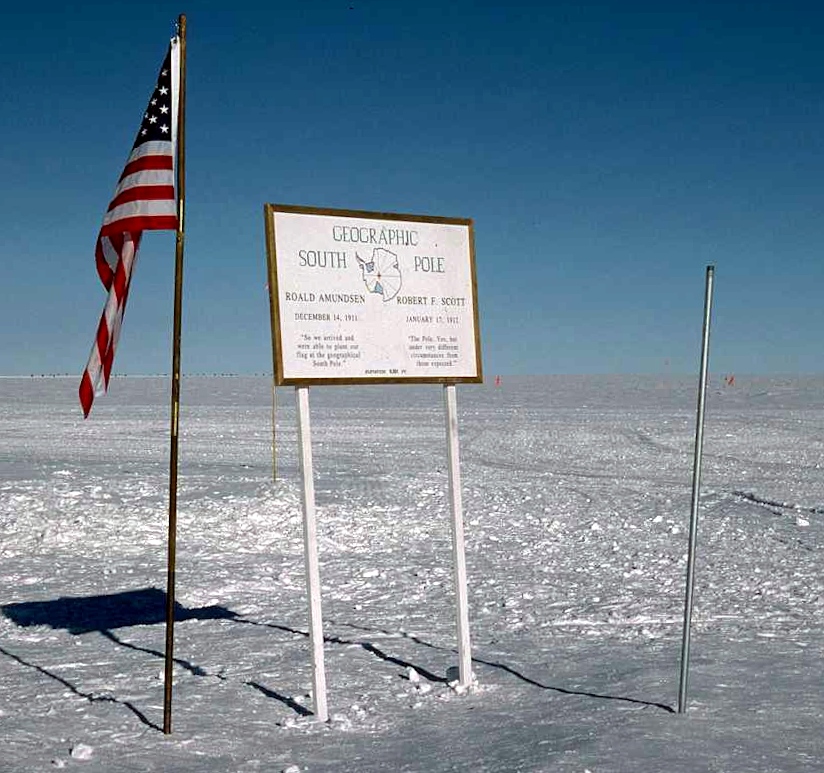|
Walter Drowley Filmer
Walter Drowley Filmer (1 September 1865 – 24 August 1944) was an early pioneer of X-rays in Australia, a wireless engineer, for a time ran the British Royal Train, and a world class entomologist that discovered several new species in his homeland. Filmer was a naturalist and established a private collection at his residence that thousands of people visited. Life and Times In 1865, Filmer was born in Maitland, New South Wales, Australia. He was the son of William Filmer (1828–1902) and Amy Filmer née Hatton (1831–1901). He married Mary Anne E. née Chessell (1868–1951) in 1890 in Sydney. The couple had 4 children: son, Walter Harold Alexandra Filmer (1892–1964), born on 10 February 1892 in Sydney; daughter, Mary Filmer (1895–1895), born in 1895 in Petersham; son, Leroy Drowley Filmer (1902–1976), born on 5 April 1902 in Newcastle; and son, Eric Filmer (1903–1986), born 10 December 1903 in Toronto. In 1944, he died at home at Lake Macquarie.Owen, M. (February 1965) ... [...More Info...] [...Related Items...] OR: [Wikipedia] [Google] [Baidu] |
X-rays
An X-ray, or, much less commonly, X-radiation, is a penetrating form of high-energy electromagnetic radiation. Most X-rays have a wavelength ranging from 10 Picometre, picometers to 10 Nanometre, nanometers, corresponding to frequency, frequencies in the range 30 Hertz, petahertz to 30 Hertz, exahertz ( to ) and energies in the range 145 electronvolt, eV to 124 keV. X-ray wavelengths are shorter than those of ultraviolet, UV rays and typically longer than those of gamma rays. In many languages, X-radiation is referred to as Röntgen radiation, after the German scientist Wilhelm Röntgen, Wilhelm Conrad Röntgen, who discovered it on November 8, 1895. He named it ''X-radiation'' to signify an unknown type of radiation.Novelline, Robert (1997). ''Squire's Fundamentals of Radiology''. Harvard University Press. 5th edition. . Spellings of ''X-ray(s)'' in English include the variants ''x-ray(s)'', ''xray(s)'', and ''X ray(s)''. The most familiar use of X-ra ... [...More Info...] [...Related Items...] OR: [Wikipedia] [Google] [Baidu] |
Institution Of Electrical Engineers
The Institution of Electrical Engineers (IEE) was a British professional organisation of electronics, electrical, manufacturing, and Information Technology professionals, especially electrical engineers. It began in 1871 as the Society of Telegraph Engineers. In 2006, it changed its name to the Institution of Engineering and Technology (IET). Notable past presidents have included Lord Kelvin (1889), Sir Joseph Swan (1898) and Sebastian de Ferranti (1910–11). Notable chairmen include John M. M. Munro (1910–11). History The IEE was founded in 1871 as the Society of Telegraph Engineers, changed its name in 1880 to the Society of Telegraph Engineers and Electricians and changed to the Institution of Electrical Engineers in 1888. It was Incorporated by a Royal Charter in 1921. In 1988 the Institution of Electrical Engineers (IEE) merged with the Institution of Electronic and Radio Engineers (IERE), originally the British Institution of Radio Engineers (Brit IRE) founded ... [...More Info...] [...Related Items...] OR: [Wikipedia] [Google] [Baidu] |
National Museum (Prague)
The National Museum (NM) (Czech: ''Národní muzeum'') is a Czech museum institution intended to systematically establish, prepare, and publicly exhibit natural scientific and historical collections. It was founded in 1818 by Kašpar Maria Šternberg. Historian František Palacký was also strongly involved in the foundation of the museum. The National Museum houses nearly 14 million items from the areas of natural history, history, arts, music and librarianship, which are located in dozens of museum buildings. The main building of the National Museum has been renovated in 2011–2019, and permanent exhibitions are gradually being opened from Spring 2020. Origins After the French Revolution, royal and private collections of art, science and culture were made available to the public. The beginnings of the museum can be seen as far back as 1796 when the private Society of Patriotic Friends of the Arts was founded by Count Casper Sternberk-Manderschied and a group of other prominen ... [...More Info...] [...Related Items...] OR: [Wikipedia] [Google] [Baidu] |
Jiří Baum
Jiří Baum (20 September 1900 – 1944, Warsaw) was a Czech zoologist, museum curator, explorer and writer. He served as the collector of the zoological department of the National Museum in Prague and is best known in his field for his 1933 book ''Through the African Wilderness'' and his 1935 zoological expedition in the Australian outback. In Australia, Baum teamed with Walter Drowley Filmer Walter Drowley Filmer (1 September 1865 – 24 August 1944) was an early pioneer of X-rays in Australia, a wireless engineer, for a time ran the British Royal Train, and a world class entomologist that discovered several new species in his homela ... due to his local expertise with spiders. One species of New-Guinean troglobitic cockroach ''Nocticola baumi'' was named in 2021 on honour of Jiří Baum. See also References External links Photo of Jiri Baum 1900 births 1944 deaths 20th-century Czech people Czechoslovak zoologists 20th-century explorers Czech explorers Czech ma ... [...More Info...] [...Related Items...] OR: [Wikipedia] [Google] [Baidu] |
Cestoda
Cestoda is a class of parasitic worms in the flatworm phylum (Platyhelminthes). Most of the species—and the best-known—are those in the subclass Eucestoda; they are ribbon-like worms as adults, known as tapeworms. Their bodies consist of many similar units known as proglottids—essentially packages of eggs which are regularly shed into the environment to infect other organisms. Species of the other subclass, Cestodaria, are mainly fish infecting parasites. All cestodes are parasitic; many have complex life histories, including a stage in a definitive (main) host in which the adults grow and reproduce, often for years, and one or two intermediate stages in which the larvae develop in other hosts. Typically the adults live in the digestive tracts of vertebrates, while the larvae often live in the bodies of other animals, either vertebrates or invertebrates. For example, '' Diphyllobothrium'' has at least two intermediate hosts, a crustacean and then one or more freshwater fi ... [...More Info...] [...Related Items...] OR: [Wikipedia] [Google] [Baidu] |
Family (Biology)
Family ( la, familia, plural ') is one of the eight major hierarchical taxonomic ranks in Linnaean taxonomy. It is classified between order and genus. A family may be divided into subfamilies, which are intermediate ranks between the ranks of family and genus. The official family names are Latin in origin; however, popular names are often used: for example, walnut trees and hickory trees belong to the family Juglandaceae, but that family is commonly referred to as the "walnut family". What belongs to a family—or if a described family should be recognized at all—are proposed and determined by practicing taxonomists. There are no hard rules for describing or recognizing a family, but in plants, they can be characterized on the basis of both vegetative and reproductive features of plant species. Taxonomists often take different positions about descriptions, and there may be no broad consensus across the scientific community for some time. The publishing of new data and opini ... [...More Info...] [...Related Items...] OR: [Wikipedia] [Google] [Baidu] |
Marine Life
Marine life, sea life, or ocean life is the plants, animals and other organisms that live in the salt water of seas or oceans, or the brackish water of coastal estuaries. At a fundamental level, marine life affects the nature of the planet. Marine organisms, mostly microorganisms, produce oxygen and sequester carbon. Marine life in part shape and protect shorelines, and some marine organisms even help create new land (e.g. coral building reefs). Most life forms evolved initially in marine habitats. By volume, oceans provide about 90% of the living space on the planet. The earliest vertebrates appeared in the form of fish, which live exclusively in water. Some of these evolved into amphibians, which spend portions of their lives in water and portions on land. One group of amphibians evolved into reptiles and mammals and a few subsets of each returned to the ocean as sea snakes, sea turtles, seals, manatees, and whales. Plant forms such as kelp and other algae grow in the wat ... [...More Info...] [...Related Items...] OR: [Wikipedia] [Google] [Baidu] |
Entomology
Entomology () is the science, scientific study of insects, a branch of zoology. In the past the term "insect" was less specific, and historically the definition of entomology would also include the study of animals in other arthropod groups, such as arachnids, myriapods, and crustaceans. This wider meaning may still be encountered in informal use. Like several of the other fields that are categorized within zoology, entomology is a taxon-based category; any form of scientific study in which there is a focus on insect-related inquiries is, by definition, entomology. Entomology therefore overlaps with a cross-section of topics as diverse as molecular genetics, behavior, neuroscience, biomechanics, biochemistry, systematics, physiology, developmental biology, ecology, morphology (biology), morphology, and paleontology. Over 1.3 million insect species have been described, more than two-thirds of all known species. Some insect species date back to around 400 million years ago. Th ... [...More Info...] [...Related Items...] OR: [Wikipedia] [Google] [Baidu] |
Newcastle Hospital
Newcastle Hospital in Toodyay, Western Australia was completed in 1894 and was the only purpose-built hospital for the town then known as Newcastle. It ceased operating as a hospital in 1940. History Construction of this building commenced in 1892 but work stopped before being resumed again in the same year it was completed. The Newcastle Hospital replaced the original public health facility operating out of the 1854 Toodyay Convict Depot infirmary building. In 1896 the new local court house was erected adjacent to the old infirmary. In 1901 the cost of running the hospital was investigated by Dr Thomas Henry Lovegrove in his role as Principal Medical Officer for Western Australia and president of the Central Board of Health. The doctor's salary with house, an orderly's salary and the maintenance of patients (including drugs) were estimated at nearly £300 per year. Only 17 patients were treated in 1901–2. Seriously ill patients were usually taken to Northam Hospital, wh ... [...More Info...] [...Related Items...] OR: [Wikipedia] [Google] [Baidu] |
X-ray
An X-ray, or, much less commonly, X-radiation, is a penetrating form of high-energy electromagnetic radiation. Most X-rays have a wavelength ranging from 10 picometers to 10 nanometers, corresponding to frequencies in the range 30 petahertz to 30 exahertz ( to ) and energies in the range 145 eV to 124 keV. X-ray wavelengths are shorter than those of UV rays and typically longer than those of gamma rays. In many languages, X-radiation is referred to as Röntgen radiation, after the German scientist Wilhelm Conrad Röntgen, who discovered it on November 8, 1895. He named it ''X-radiation'' to signify an unknown type of radiation.Novelline, Robert (1997). ''Squire's Fundamentals of Radiology''. Harvard University Press. 5th edition. . Spellings of ''X-ray(s)'' in English include the variants ''x-ray(s)'', ''xray(s)'', and ''X ray(s)''. The most familiar use of X-rays is checking for fractures (broken bones), but X-rays are also used in other ways. ... [...More Info...] [...Related Items...] OR: [Wikipedia] [Google] [Baidu] |
South Pole
The South Pole, also known as the Geographic South Pole, Terrestrial South Pole or 90th Parallel South, is one of the two points where Earth's axis of rotation intersects its surface. It is the southernmost point on Earth and lies antipodally on the opposite side of Earth from the North Pole, at a distance of 12,430 miles (20,004 km) in all directions. Situated on the continent of Antarctica, it is the site of the United States Amundsen–Scott South Pole Station, which was established in 1956 and has been permanently staffed since that year. The Geographic South Pole is distinct from the South Magnetic Pole, the position of which is defined based on Earth's magnetic field. The South Pole is at the centre of the Southern Hemisphere. Geography For most purposes, the Geographic South Pole is defined as the southern point of the two points where Earth's axis of rotation intersects its surface (the other being the Geographic North Pole). However, Earth's axis of rotat ... [...More Info...] [...Related Items...] OR: [Wikipedia] [Google] [Baidu] |
Australasian Antarctic Expedition
The Australasian Antarctic Expedition was a 1911–1914 expedition headed by Douglas Mawson that explored the largely uncharted Antarctic coast due south of Australia. Mawson had been inspired to lead his own venture by his experiences on Ernest Shackleton's ''Nimrod'' expedition in 1907–1909. During its time in Antarctica, the expedition's sledging parties covered around of unexplored territory, while its ship, , navigated of unmapped coastline. Scientific activities included meteorological measurements, magnetic observations, an expansive oceanographic program, and the collection of many biological and geological samples, including the discovery of the first meteorite found in Antarctica. The expedition was the first to establish and maintain wireless contact between Antarctica and Australia. Another planned innovation – the use of an aircraft – was thwarted by an accident before the expedition sailed. The plane's fuselage was adapted to form a motorised sledge or "air ... [...More Info...] [...Related Items...] OR: [Wikipedia] [Google] [Baidu] |








